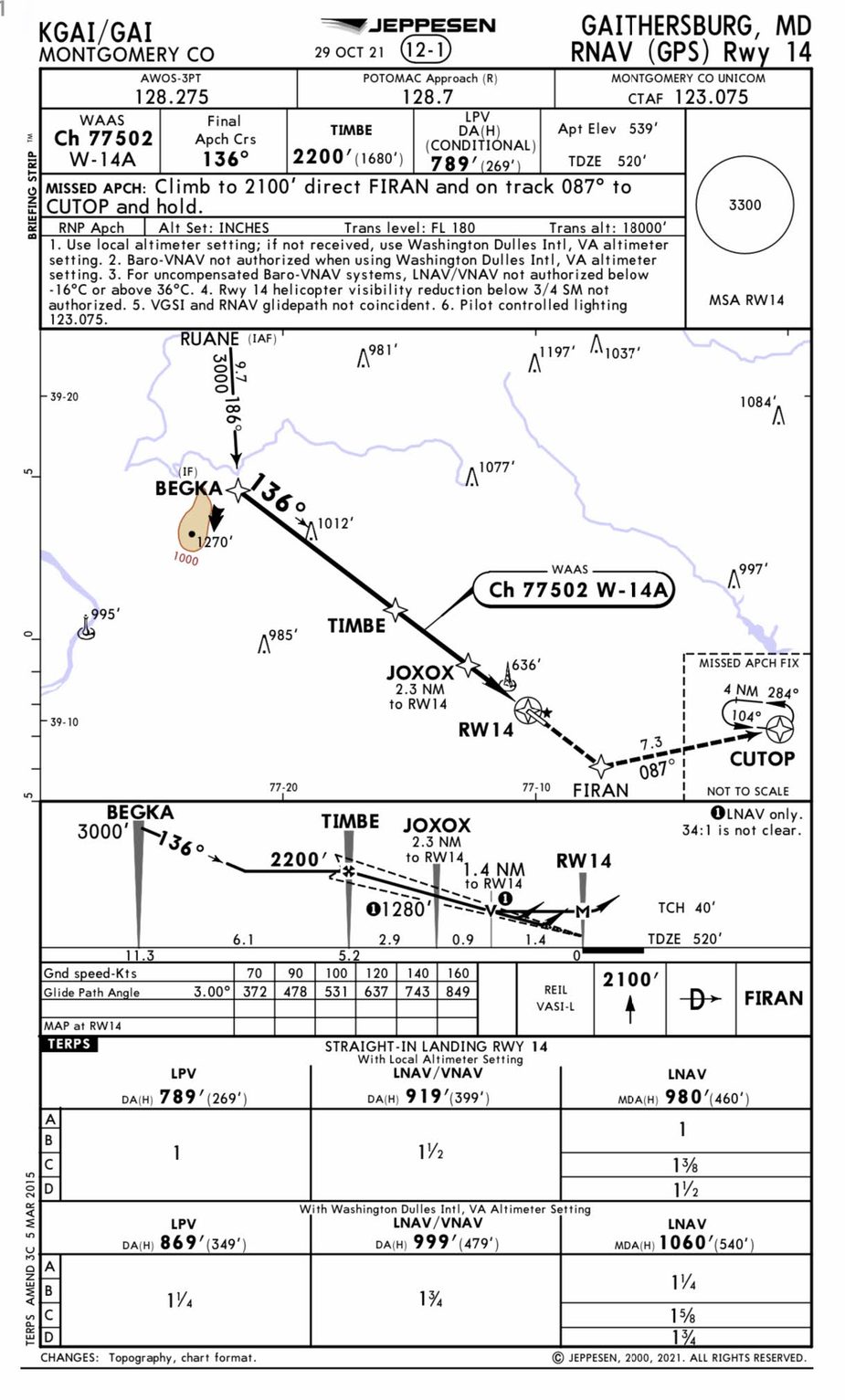This looks amazingly lucky

Must have been a nightmare to sit in the plane and wait for the rescue not knowing if the plane will stay in place or fall down.
Terrifying and miracle at same time !
I wonder if they had 3D LPV? or autopilot? METAR was 1+1/4SM and 200ft overcast, going 2D LNAV would have been too brave and optimistic by all measures: the plates have few caveats on “V” & “VDP”: it’s not the right place to try flying non-precision at night

Another example of the brutal forces those steel cage cabins can take.
Don‘t know for sure but the flight track on Flightradar24 does not look like an IFR flight. Maybe they picked it up for the approach.
An then they went off centerline to the left aprox 1.8 NM from threshold (if Flightradar is correct). Again, Flightradar does not show a stable approach at any time from FAP until the final phase.
He was IFR but had considerable problems.
Worse than I thought… so lucky they are alive
Mooney_Driver wrote:
Another example of the brutal forces those steel cage cabins can take.
This did spring to mind. The fact that the tail is concertinaed aft of the cabin section shows how tough it must be.
The deformation would depend very much on how much “flexibility” there was in the object collided with, and how much there is in the airframe.
If there was none, as in e.g. hitting solid concrete, then at say 100kt the G forces would have been huge, the cockpit would have been destroyed, but even if the cockpit was strong enough to not get deformed, the occupants would have died from internal injuries. One can calculate the G for say 100kt to zero in say 30cm (a reasonable deformation for the engine compartment given the engine is a solid lump) – I will leave it as an assignment to the class  The documented survival record stands at 46g but he had proper straps.
The documented survival record stands at 46g but he had proper straps.
I think these guys benefitted from a lot of flexibility in the pylon, and a lot of deformation ahead of the cockpit.